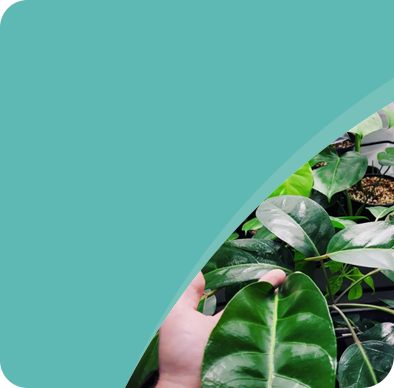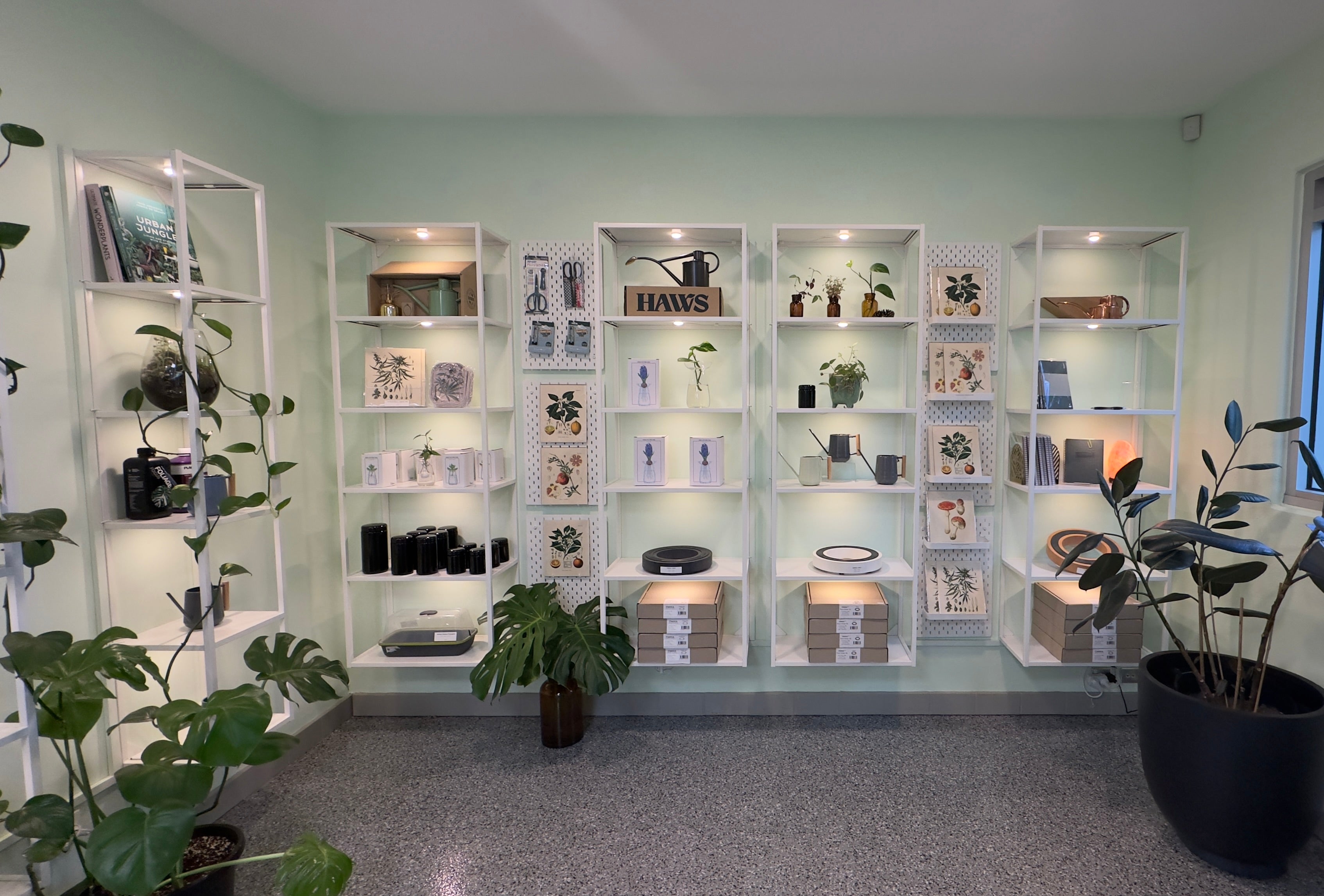There are so many different techniques in regards to training your plants, all generally have the same end goal in mind, an increased yield.
All of these techniques have been used in horticulture for many years and are constantly evolving as gardeners find new ways to increase growth rates and canopy size all with a common goal of increasing flower size and quality.
I will briefly explain a few different techniques and the benefits of each technique.
S.O.G (Sea Of Green)
Sea of green literally means that, every square inch available within the grow space is taken up by a grow block or plant pot, each holding the same volume.
The plant itself is usually a cutting/clone that is put straight into a flowering environment (12/12 photoperiod) This way when flowering initiates there is only the main branch (Head/cola) that forms, so the room never becomes out of control and all of the flowers harvested are central heads (colas) and the result is usually a much higher yield, but in turn a much larger risk.
Benefits:
- Simplified feeding
- Better oxygen exchange
- Easier to manage
- Huge yields
- Less Time consuming
S.C.R.O.G (Screen of Green)
Screen of green is a very popular used method to allow more useable light to the plant canopy, traditionally one main plant is grown for around 4-5 weeks then a mesh screen or SCROG net is placed over the plant.
The technique is a really good one for growers who like minimal numbers but in turn would like to maximize their yield.
As the plants tips turn up and grow towards the light rather than let the growth stretch the grower will “thread/weave” the plant through the screen and eventually filling the entire footprint of the tent. When the screen is filled the photoperiod is changed to flowering (12/12) 6-12 weeks later a full screen of flowers can be harvested.
Benefits:
- Less maintenance
- Stronger stems
- Easy to manage
- Great yields
LST (Lower Stress Training)
This training method is started when the plants/seedlings are young. The purpose of LST is to create a stronger, harder plant, which will produce more flowering sites and also increases the amount of weight that can be produced in those sites.
Also by bending the leading branches down you give the lower growth time to catch up. So instead of having 1 main flower head and some side blooms you will actually be creating about 6-10 main flower heads.
Benefits:
- Tailored growth
- More flowering sites
- Stronger plants
- Monster yields
Super Cropping
Super cropping is another great method of plant training; it is mainly used to stem the flow of auxin and gibberellin in plants or in flowering plants that are unexpectedly stretching.
By doing this the lower branches will catch up to the main shoot and yield will increase, if this technique is not done when stretching occurs yield will be sporadic and “light”.
The technique is quite simple, with the branch you wish to supercrop you essentially find the first “available” bend as too high will cause a complete break, and fold the stem in half so the main tip is now pointing down. Imagine if a pencil were soft, we would essentially bend the eraser end downwards so it is vertically aligned with the lead end.
Benefits:
- Stem the flow of hormones
- More flowering sites
- Bigger flower sets
- Increased yield
Monster Cropping
The way monster cropping is done is actually quite similar to super cropping with one main difference. Instead of “folding/bending” our main shoot, we actually grow (vegetate) the plant a week or 2 longer and remove (Using a scalpel) the main shoots. So not only are you choosing the height you flower at , you are also cloning at the same time, and you are also topping the plant which creates double flowering sites.
Then we seal our wounds and change the photoperiod to 12/12. The cuttings we have left over then go into our cloning room to form roots and veg while the others are flowering, the cycle just keeps repeating itself and is quite handy if genetics are not accessible.
Benefits:
- Preservation of genetics
- Huge Increase in flowering sites
- Time
- Fantastic yields
Topping/Pinching
The easiest, and most commonly used technique in horticulture today.
How to top – So where the main shoots emerge, use a scalpel and remove the newest growth or the tip (you should only be removing the tip)
By doing this we are re-distributing the hormones throughout the plant.
The results are very similar to the monster cropping method as when growth continues the main stem grows out into, two new sites. This will happen wherever we top the plant.
Benefits:
- More flowering sites
- Pushing genetic potential
- Great yields
- Height controlling
Obviously as time goes by there are more and more techniques being developed. Some re-named, others complete innovation.




